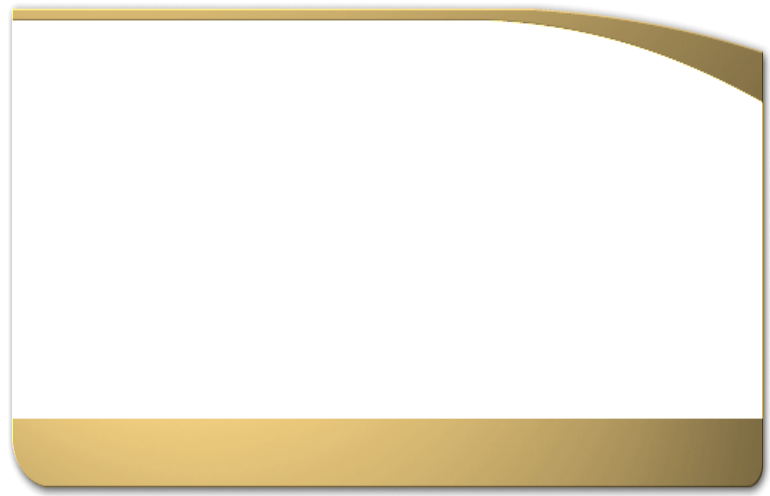Noverre à l’Opéra-Comique : nouvelles perspectives et découvertes (1743-1756)
Jean-Georges Noverre (1727-1810), un artiste européen au siècle des Lumières
Bertrand Porot
Université de Reims

The documents collected here are an opportunity to consider the Noverre’s career with a new eye. As a matter of fact, it is now certain that he danced during the 1743 and 1744 seasons at the Opéra Comique. His debuts in Paris as a dancer, at the age of 16, just before he went to Berlin, drew the attention of both the public and the critics. It is now attested by documents and testimonies of the time that it was in the autumn of 1744.
Concerning his career as a choreographer, we know that his return to the Opéra Comique was a great success. From July 1754 to February 1756, he performed six creations and three revivals within one and a half years, including the real triumph of Les Fêtes chinoises (1754). The Opéra Comique also had an influence on Noverre’s art, particularly thanks to the “ballet pantomime”, which was very common on that scene. The the Opéra Comique thus appeared to Noverre as a place where he was trained as well as a place where his art matured.
Marie Demeilliez
Marie Demeilliez - Noverre, jeune danseur au Collège Louis-le-Grand
Bertrand Porot
Bertrand Porot - Noverre à l'Opéra-Comique
Françoise Dartois
Françoise Dartois - Noverre à Lyon et sa postérité
M.-F. Bouchon
M.-F. Bouchon - Noverre à l'Académie Royale de Musique
Michèle Sajous d'Oria
Michèle Sajous d'Oria - Noverre et l'architecture théâtrale au temps des Lumières
Marie-Thérèse Mourey
Marie-Thérèse Mourey - Les étapes de la carrière germanique de Noverre
Marie-Thérèse Mourey
Marie-Thérèse Mourey - Le « manuscrit de Varsovie » (1766)
Mariette Cuénin-Lieber
Mariette Cuénin-Lieber - Noverre et Charles-Eugène de Wurtemberg
Laurine Quetin
Laurine Quetin - Noverre face à Calzabigi
Sibylle Dahms
Sibylle Dahms - Noverre à Vienne : entre désastre et triomphe
Raphaëlle Legrand
Raphaëlle Legrand - Le ballet d'action avant Noverre
K. Modigh et I. Ginger
K. Modigh et I. Ginger - Une dernière tentative d'emploi de Noverre
Jennifer Thorp
Jennifer Thorp - Jean-Georges Noverre à Londres
José Sasportes
José Sasportes - Noverre en Italie
Bruce Alan Brown
Bruce Alan Brown - Les sources musicales des ballets de Noverre
Laurence Marie
Laurence Marie - Le comédien anglais David Garrick
Juan Ignacio Vallejos
Juan Ignacio Vallejos - « Noverre » : la construction d'un nom d'auteur
J.-Ph. Van Aelbrouck
J.-Ph. Van Aelbrouck - Noverre et ses oeuvres à Bruxelles
Irene Brandenburg
Irene Brandenburg - Angiolini, Noverre et la « querelle de la danse »
Cécile Champonnois
Cécile Champonnois - Noverre : les Horaces et les Curiaces
Petra Dotlačilovà
Petra Dotlačilovà - Noverre en Bohême et en Moravie






